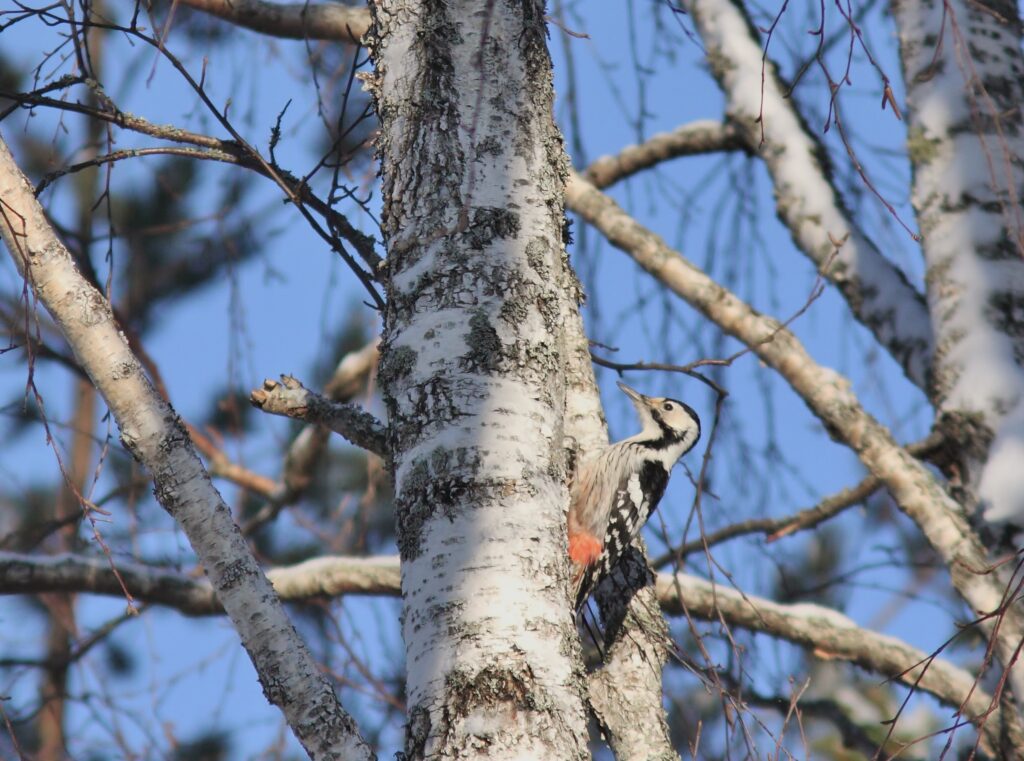Forest species less endangered than before

According to a new survey, the endangeredness of mammals found in Finland has decreased, while that of birds has increased. Forest species are doing well according to the survey.
In the survey, commissioned by the Ministry of the Environment, none of the mammals studied were classified as more endangered than before. On the contrary, the Eurasian beaver (Castor fiber), the brown bear (Ursus arctos), the Eurasian lynx (Lynx lynx) and the Siberian flying squirrel (Pteromys volans) were deemed to be faring better than before: they were classified as near threatened instead of previous classification as threatened. The mountain hare (Lepus timidus) and the European otter (Lutra lutra) were removed from the list of endangered species.
These species are not endangered because of forestry, with the exception of the flying squirrel. The fact that it is now regarded as less endangered will not change the measures taken to protect it: its nesting and resting trees and their immediate vicinity will continue to be protected even in the future
The number of endangered bird species increased by 28. The main reason for this is the eutrophication of waterways and the changes occurring in the resting areas of migrating species outside Finland.
The survey serves as an intermediate report to complement more extensive surveys carried out once every ten years. The most recent of these was conducted in 2010 and the next one should be complete in 2020 at the latest.
Reason to make these intermediate reports was the need to get more information especially on the changes of populations of species that are hunted. “We need this information in order to establish the sustainable level of hunt of the species,” says Mr. Juha Tiainen, Senior Research Scientist at the Natural Resources Institute Finland.
Protection measures beneficial for white-backed woodpecker
The main factor endangering mammals is hunting. On the other hand, protecting them is the best way to safeguard their survival.
Special protection and maintenance programmes are needed if there are many stakeholders participating in the protection measures and if the measures may affect human activities. In recent years, such programmes have been drawn up for all large predators found in Finland, as well as for the Finnish forest reindeer (Rangifer tarandus fennicus), indigenous species of marine seals and beavers, the Saimaa ringed seal (Pusa hispida saimensis) and the harbour porpoise (Phocoena phocoena).
As regards birds, their endangeredness varies much depending on the ecosystem. Compared to the number of endangered bird species in Finland in general, the number of endangered forest birds is clearly smaller.
Changes occurring in the resting areas as well as hunting along the migration routes and the hibernation areas increase the endangeredness of birds. Active protection measures have benefited such birds as the white-tailed eagle (Haliaeetus albicilla), the golden eagle (Aquila chrysaetos), the peregrine falcon (Falco peregrinus) and the white-backed woodpecker (Dendrocopos leucotos). The populations of all these bird species have increased in the past few years.
Previously in forest.fi: Nature management has succeeded in Finnish forests
Kirjoita kommentti